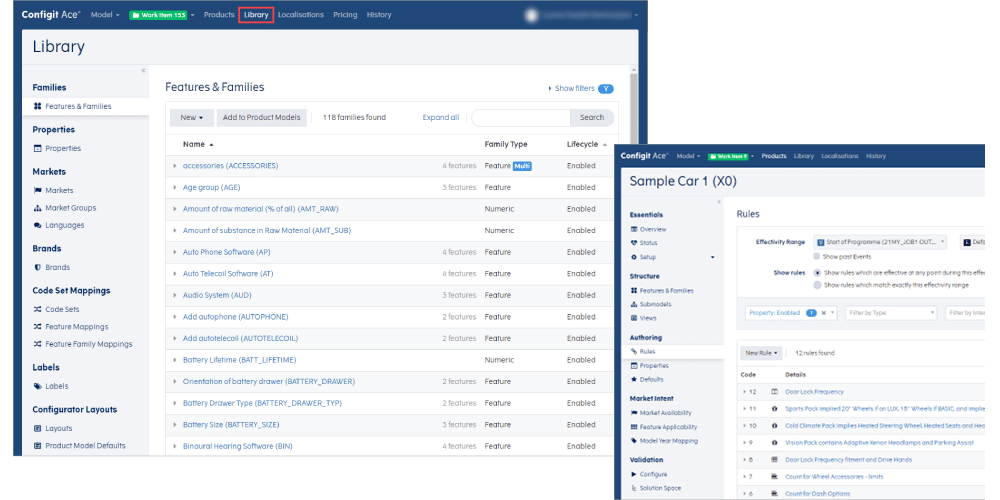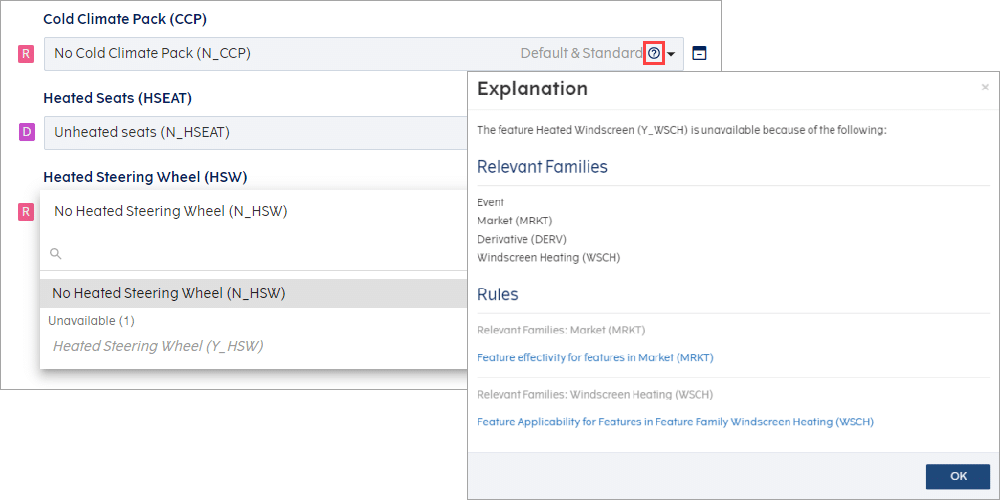How to Build Product Configuration Models
A faster, easier alternative to Model-Based Engineering (MBSE)
In the emerging world of Model-Based Engineering (MBSE) and Model-Based Development (MBD), it can be daunting for many manufacturers to develop a product modeling solution, especially if it is to support the development of accurate product configurators for sales.
But there are easier ways to achieve the same outcome.
With Configuration Lifecycle Management (CLM) approach, it is possible to quickly develop accurate and reliable product configuration models using a GUI-based tool that does not require in-depth knowledge of product modeling, modeling languages or coding.
It’s hard today to think of a product that has not been digitized; that is to say physical products with embedded software. The embedded software provides a basis for both configurability as well as customization, which are both highly desired by today’s consumers.
While configurability and customization are in demand by customers, manufacturers often struggle to manage products that are increasingly complex to engineer, manufacture, sell and service.
To manage this complexity, manufacturers are using product configurators to guide customers in the sales process.
Product configurators have been available for some time, but a core challenge still remains – ensuring product information and options presented are accurate and that the combinations of options are valid and deliverable.
Product configurators must be driven by a product configuration model with up-to-date information on parts, components, rules, and constraints to ensure only valid options are presented.
Many product configuration tools use basic product configuration models that aren’t synchronized with systems like PLM or ERP. This leads to manual data duplication, potential errors, and delays in updating the model. Inaccurate data presented through the product configurator results in undeliverable configurations and dissatisfied customers.
Speed Up Your Product Modeling by Closing the Gaps
in Your Model-Based System Engineering Processes
Today, concepts like Model-Based Engineering (MBE) and Model-Based Development (MBD) are attracting a lot of attention. However, getting started with MBE or MBD tools can be daunting and requires a steep learning curve. While many manufacturers are on a path to adopting these concepts, embarking on a model-based journey to address product configurator challenges in sales can be difficult to justify.
Fortunately, there are faster ways to get started and make an impact.
A Configuration Lifecycle Management (CLM) approach is designed specifically to support the development of reliable product configurators. By integrating with PLM, MES, ERP, and CRM systems, CLM incorporates data from those systems into product configuration models and serves as a shared source of truth for product configuration information.
At the heart of a CLM approach is Configit Ace®. Configit Ace® is a SaaS product configuration and variant management solution designed to solve the most complex configuration challenges.
Configit Ace® enables users to create product models quickly from the ground up. Both intuitive and easy to learn, the entire process is performed using Graphical User Interface (GUI) selections and commands without the need for coding.

Fig.1 – Configit Ace® Model GUI-based product modeling
With this GUI, it’s possible to build sophisticated product models that define products and product families, including their properties and features, along with the sophisticated rules and logical expressions that determine how options can be combined during configuration.
Configit Ace® also provides a Verify module that enables modelers to debug their product models and define custom tests in addition to automatic validation tests. With this module, it is possible to create a test configurator to ensure that the product model is performing as expected in support of a real product configuration application.

Fig.2 – Test configurator with explanations of conflicts
Using a CLM approach with GUI-based modeling enables manufacturers to quickly and easily begin model-based development. With Configit Ace®, users with no prior experience can create product models rapidly. These models are then available to all systems, ensuring immediate updates and establishing a shared source of truth for product configuration information across functions.
Unlock the Power of Model-Based Solutions for Your Business
Discover how Configuration Lifecycle Management (CLM) can streamline your product modeling process
and enhance your digital transformation.
and enhance your digital transformation.

Henrik Hulgaard is the Vice President, Product Management and co-founder of Configit, a global Configuration Lifecycle Management (CLM) solution provider and a supplier of business-critical software for configuring complex products. He holds a PhD in computer science from the University of Washington and is an associate professor of computer science. He has published more than 25 articles internationally.